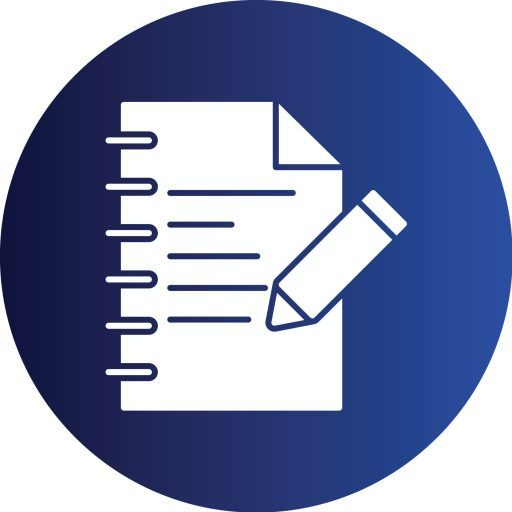Importance of Accounting and Finance in Healthcare Organisations
Accounting and finance functions are essential to the operations of healthcare organisations, whether public or private. These functions provide critical information for decision-making, ensure accountability, and help in resource planning. In the healthcare context, finance plays a key role in budgeting, managing expenses, determining service pricing, and securing funding or investments. Accurate financial reporting also ensures compliance with regulations and helps build trust among stakeholders, including patients, government bodies, and investors. Without strong financial controls, healthcare organisations risk inefficiency, wastage, and potential legal issues.
2. Shareholder Wealth Maximisation and Healthcare Organisations
The principle that a company’s primary objective is to maximise shareholder wealth is widely accepted in corporate finance. However, in the healthcare sector, especially in public or government-funded institutions, this approach may not be applicable or appropriate.
Healthcare organisations are typically driven by social responsibility and public welfare, focusing on delivering quality care rather than maximising profits. For example, a government-funded hospital would prioritise community health over shareholder returns. Even in private healthcare, ethical obligations, patient care quality, and regulatory frameworks may limit profit-maximising strategies. Therefore, healthcare providers often pursue goals such as service efficiency, accessibility, and public health outcomes, rather than solely increasing shareholder value.
3. Investment Appraisal – Bahrain Sovereign Fund Projects
a. Calculations
Payback Period:
- Project A: 3.05 years
- Project B: 2.08 years
Net Present Value (NPV):
Using a discount rate of 8%:
- Project A: BD 113.23 million
- Project B: BD 89.54 million
Internal Rate of Return (IRR):
(Using financial calculator/software)
- Project A IRR: ~18.3%
- Project B IRR: ~14.9%
b. Evaluation of Methods and Recommendation
- Payback Period is simple and easy to calculate but ignores the time value of money and cash flows beyond the payback period.
- NPV accounts for the time value of money and gives an absolute measure of profitability. It is widely accepted as the most reliable method.
- IRR indicates the rate at which the project breaks even but can be misleading if cash flows are unconventional.
Recommendation: Based on higher NPV and IRR, Project A is more financially viable and should be undertaken.
4. Balanced Scorecard Evaluation
a. Key Strategy:
To deliver high-quality patient care while maintaining financial sustainability.
b. Metrics by Perspective:
- Financial: Cost per patient, budget adherence, operating margin
- Customer: Patient satisfaction score, complaint resolution time
- Internal Processes: Average treatment time, error rates, equipment utilization
- Learning and Growth: Staff training hours, employee satisfaction, technology adoption rate
c. KPI Alignment to Strategy:
KPIs such as cost per patient and operating margin help monitor financial sustainability. Patient satisfaction and complaint resolution align with quality care. Operational metrics ensure efficiency, while staff development KPIs promote continuous improvement.
d. Challenges and Risks:
Implementing a Balanced Scorecard may face resistance due to cultural or systemic issues. Data collection can be complex, and aligning department-level metrics to strategic goals is challenging. Additionally, focusing too much on measurable outcomes might lead to neglecting qualitative aspects of care.
5. Investment Decision – Jeddah Hospital Trust
a. Lease vs Purchase (Present Value Analysis)
- Purchase:
- Initial Cost: SAR 950,000
- PV of Maintenance: SAR 25,000 × PVIFA(7%,6) ≈ SAR 25,000 × 4.766 = SAR 119,150
- Total PV: SAR 1,069,150
- Lease:
- Annual Lease: SAR 220,000 for 6 years (annuity due)
- PV = SAR 220,000 × PVIFA(7%,6, due) ≈ SAR 220,000 × 5.099 = SAR 1,121,780
Conclusion: Buying is more cost-effective by approximately SAR 52,630.
b. Ranking Cost of Capital Sources:
- Most Expensive: Ordinary Shares (due to dividend expectations and residual claim)
- Moderate: Preference Shares (fixed dividends but less risk)
- Least Expensive: Debt (fixed interest, tax-deductible)
c. Internal Financing Is Not Free – Critical Discussion
While internal financing may not incur interest, it has an opportunity cost. Capital tied up in internal funding could be used for other productive investments or to provide returns to shareholders. Solely relying on internal funds may limit the firm’s growth potential and flexibility.
d. Raising Finance for Positive NPV Projects
If a project has a positive NPV of BD 10 million, the company should raise capital by any means necessary. This project adds value to the firm, increases shareholder wealth, and justifies the use of external financing despite associated costs.

